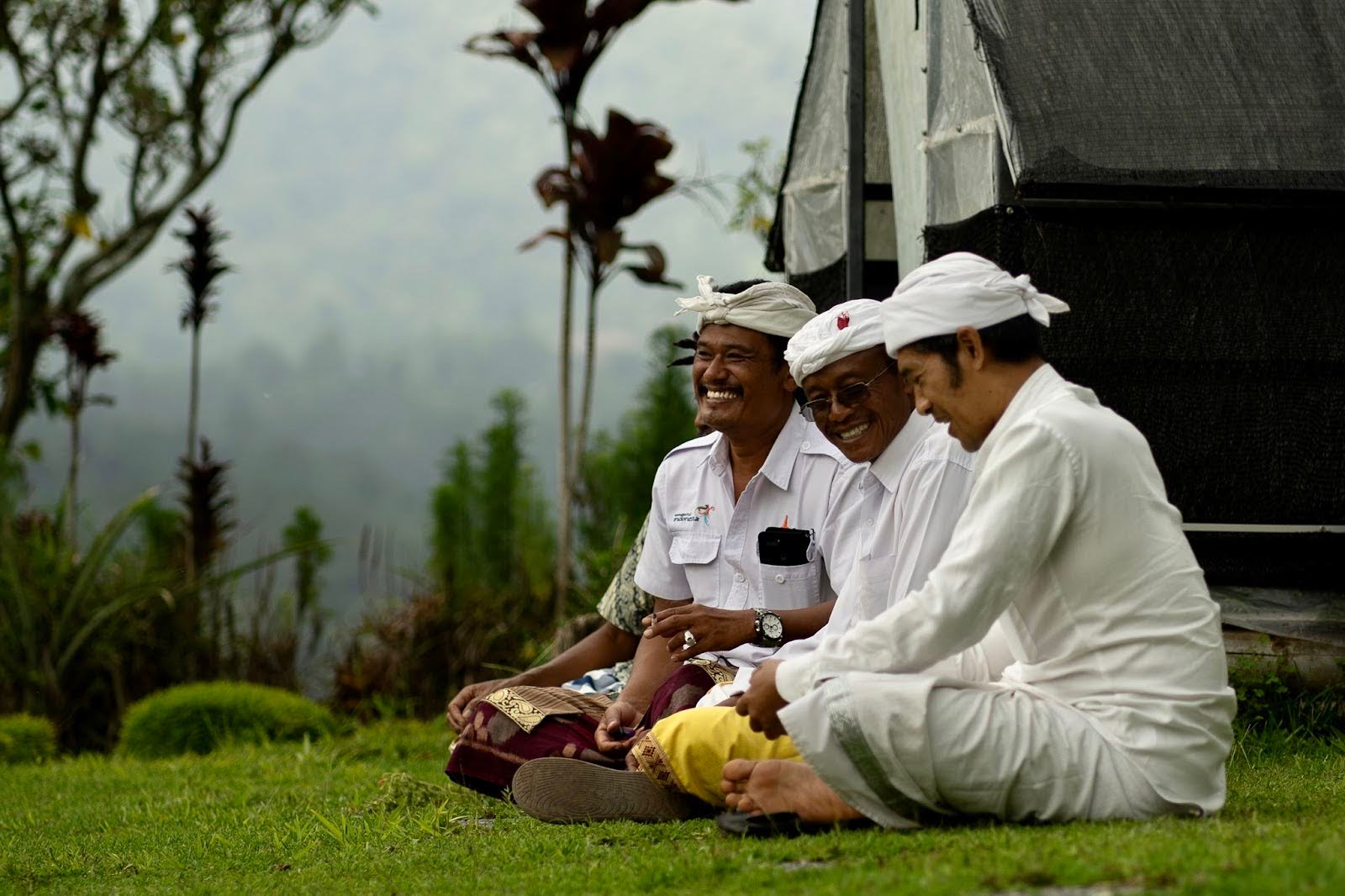Want to prepare for the future? Ask the elders

Originally published on February 3, 2017
 “When we focus on youth entrepreneurship for indigenous youth, this cannot be unconnected to food production,” says Shelley Cabrera, project coordinator and representative of Red Ñuqanchik Maronijei Noshaninka, a network of 12 indigenous youth organizations in the state of Ayacucho, Peru, in the south central Andes Mountains, and a Thousand Currents catalyst grantee. Members are reaffirming their indigenous identities as Quechua, Ashaninkas, and Matziguenkas Peoples.
“When we focus on youth entrepreneurship for indigenous youth, this cannot be unconnected to food production,” says Shelley Cabrera, project coordinator and representative of Red Ñuqanchik Maronijei Noshaninka, a network of 12 indigenous youth organizations in the state of Ayacucho, Peru, in the south central Andes Mountains, and a Thousand Currents catalyst grantee. Members are reaffirming their indigenous identities as Quechua, Ashaninkas, and Matziguenkas Peoples.
In the past year, ten youth from the network engaged in guided visits given by elders and adults and learned about ancestral practices including growing beans, maize and potatoes in a way that mitigates climate change. The youth also learned indigenous water harvesting technologies. They saw and learned how community members in Quispillaqta used clay, algae and trouts to collect and store water.
From the Sarhua communities, youth learned indigenous artisanship, where images of indigenous daily life are painted on Sarhua tablas, or boards, that are traditionally displayed in homes, often depicting family members and religious symbols. These boards are important in that they record and document cultural traditions and indigenous knowledge that can be transmitted to future generations.

One youth member from Sarhua was particularly creative. He noticed how wasteful it was to keep using disposable plastic cutlery at lunch at school. So he came up with the idea to make a cutlery container box (see photo to the right) using a Sarhua board to bring his own set of cutlery to school each day.
In addition to coordinating these visits for the youth to learn innovative practices based in indigenous knowledge, Red Ñuqanchik Maronijei Noshaninka also arranged for a workshop for the youth facilitated by an elder to reflect on their indigenous identity and enterpreneurship.
During the workshop, Gloria, an agricultural engineering student, touched on the important role that youth played in indigenous economy.
When I visited the Red Ñuqanchik Maronijei Noshaninka network in October, they were holding a street fair to raise the value of indigenous artisanship and food products, which they called “Fair of Biodiversity, Indigenous Knowledge and Quechuan Youth Entrepreneurship of Ayacucho.”
In the midst of having midterms and project deadlines, the youth of Red Ñuqanchik Maronijei Noshaninka were extremely committed to making this fair happen. Amazingly, the youth even made plans to sell their products in rural communities outside of Ayacucho, which they did by coordinating with indigenous adults.
In the end, the fair was not as highly attended as the youth had hoped for. But it did catch the attention of an official of the Municipality, who then requested contact with the youth network to encourage participation in the municipality-based fairs in Ayacucho that happen every year.
This incident made me think of a reflection offered by Herschelle Milford of Surplus People Project, a Thousand Current partner in South Africa, at a panel called The Right to Grow: Feminism and Food Sovereignty during the AWID Forum in Brazil earlier this year. Herschelle was asked where the connection was between the urban and rural areas in food sovereignty, and she responded that the connection was found in the youth.

This was definitely what I witnessed in Ayacucho. Beyond the connection of rural and urban, I also found that intergenerational learnings are ensuring that indigenous knowledge is being carried on to the next generation.
Related Stories




